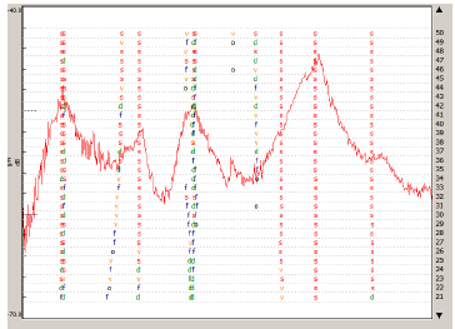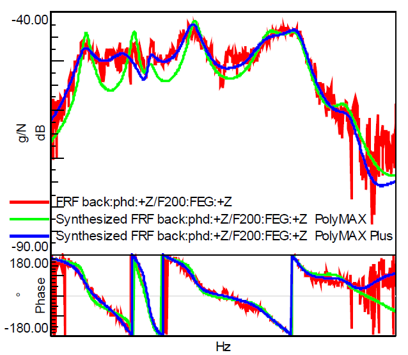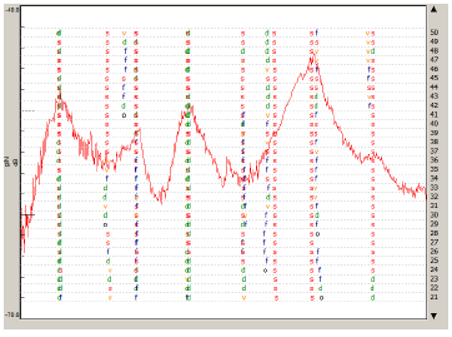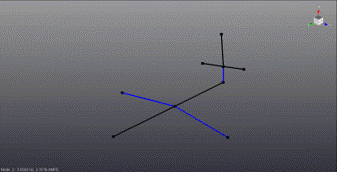Polymax Plus Estimator
The motivation behind introducing the Polymax Plus modal parameter estimator was to keep the property of clear stabilization diagram constructed by the Polymax estimator (Polymax user friendliness) and at the same time to have improved, statistically optimal, modal parameter estimates (Maximum likelihood (ML) accuracy). The Polymax Plus estimator is based on the combination of the ML estimator and the classical Polymax estimator. This approach overcomes the major drawback of the currently available Polymax estimator of having a high bias on the damping estimate in the cases of very noisy data and/or weakly excited modes. Unlike the deterministic methods, the Polymax Plus estimator offers more consistent modal parameter estimates together with their uncertainty bounds, which play an important role in the model validation process. Moreover, unlike the stochastic methods, it features clear stabilization charts in a fast way. This estimator is optimized with respect to the computational time and memory requirements.





